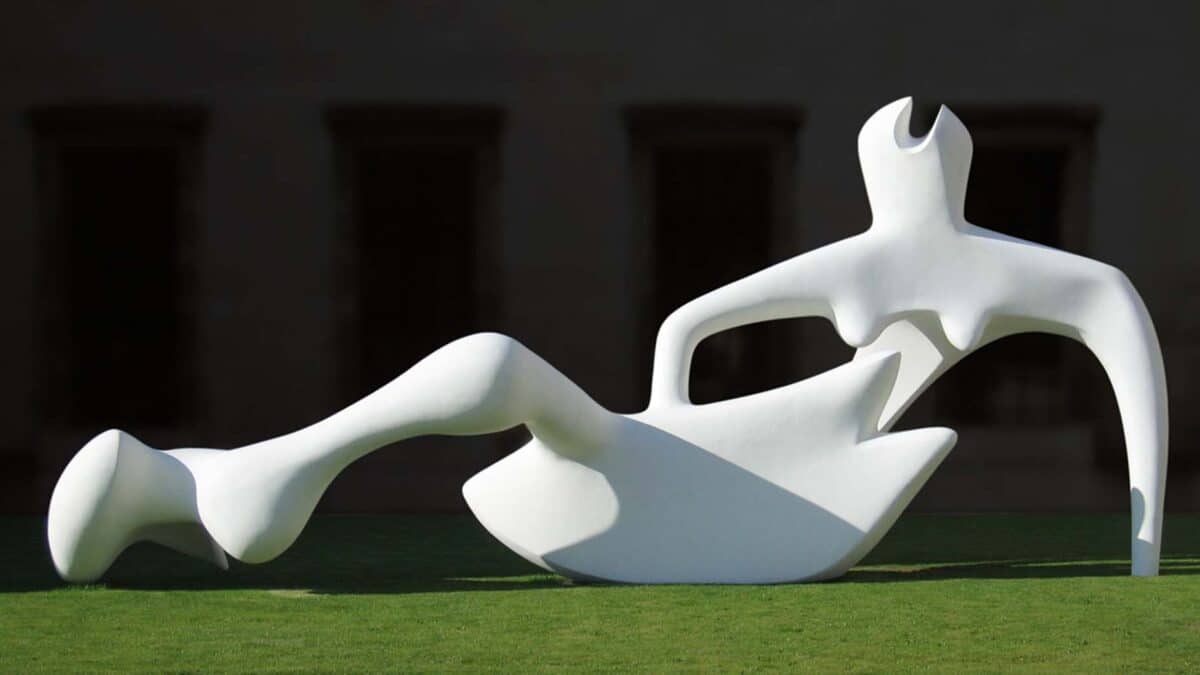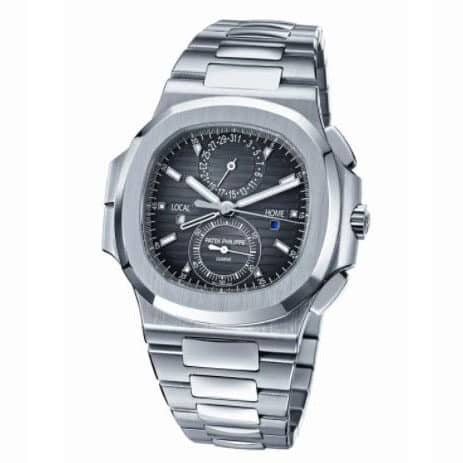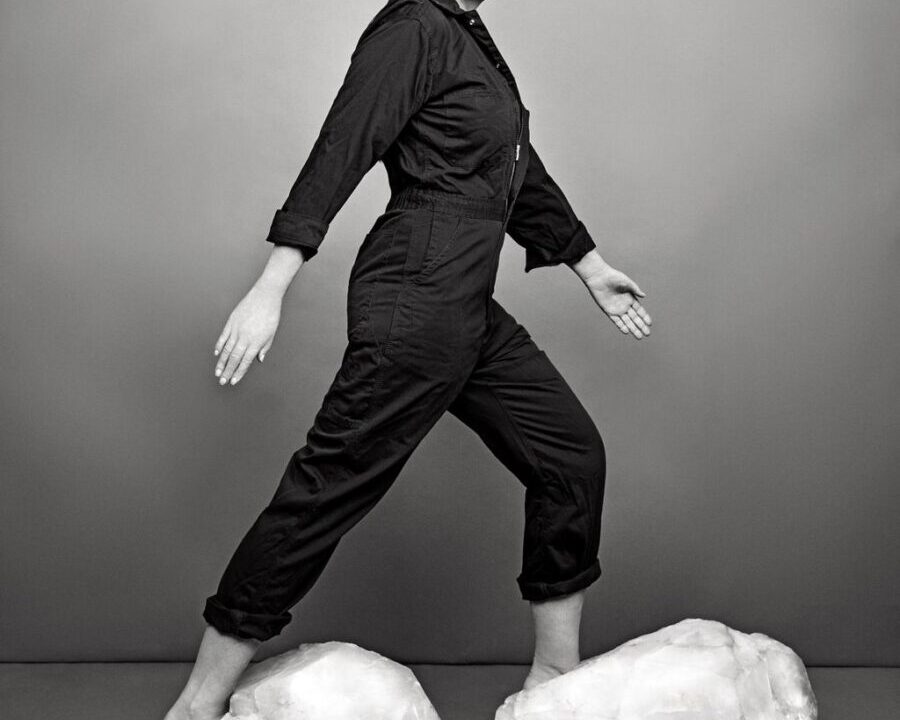The Value of the Works of Henry Moore
Henry Moore was a major British sculptor whose organically shaped, semi-abstract bronze and stone figures solidified him as one of the most important sculptors of the 20the century. This giant of modern sculpture engaged the abstract, the primitive, the surreal, and the classical in accessible and avant-garde forms. Moore’s work is often associated with nature and the human body was a recurring motif.
The Life of Henry Moore
Henry Moore was born on July 30, 1898, into a Yorkshire coal-mining family. Moore began training as a schoolteacher until he was called to serve in World War I. He was injured and, thanks to a rehabilitation grant, was able to study drawing and sculpture at the Leeds School of Art. He obtained a scholarship to study sculpture at the Royal College of Art in London where he spent time at the British Museum, discovering the power and beauty of Egyptian, Etruscan, pre-Columbian, and African sculpture. Moore began to move away from the human figure to experiment with abstract shapes and worked on understanding what he called “nature’s principles of form and rhythm.”
Moore was given his first one-man exhibition in 1928, at the Warren Gallery in London. He began his first public commission, a relief carving of the North Wind on the new headquarters building for the London Transport Board.
Moore later taught at the Royal College of Art and met his wife Irina Radetsky, whom he married in 1929. The young couple moved into a large studio in Hampstead, one of the northern suburbs of London
In 1931, Moore had the first of many one-man exhibitions in London’s Leicester Galleries. While his work was enthusiastically introduced, it aroused criticism in the press and made Moore a notorious figure in the art scene. He was then urged to resign his position at the Royal College of Art and after his contract expired in 1932. Moore went on to start a sculpture department at the Chelsea School of Art in London.
Moore accepted a public commission in 1943 to create Madonna and Child for the church of St. Matthew in Northampton. Reviving the tradition of religious art appealed to him and he aimed to give the figures for this project an austerity and nobility.
In his final years, Moore established an unostentatious way of living. Young sculptors helped him with the more time-consuming and laborious activities involved in sculpting. Moore became a prolific printmaker whose etchings and lithographs included the following notable series:
● Elephant Skull Album (1969)
● Stonehenge (1972)
● Sheep Albums (1972 and 1974)
The Henry Moore Foundation was established in 1977 and the artist gave many sculptures from a 1978 exhibition to London’s Serpentine Gallery to the Tate museum. The Henry Moore Sculpture Gallery and Centre for the Study of Sculpture opened in 1982 in the city of Leeds.
Moore achieved international critical acclaim in his own lifetime, making him the first modern English sculptor to do so. Henry Moore died on August 31, 1986. His works are held in Museums and special collections around the world and he is still regarded as one of the most important sculptors of the 20th century.
Moore’s Popular Exhibitions & Collections
Moore’s first one-man exhibition and public commission took place in London in the late 1920s. He developed a distinct Modernist sculptural language that earned him international critical acclaim. Other notable exhibitions include the 1943 commission of a Madonna and Child and his Reclining Figure, 1956-58 for the UNESCO building in Paris.
The Henry Moore Foundation’s collection of works is housed in Moore’s estate in Hertfordshire. It is made up of around 15,000 works including sculptures, maquettes, drawings, prints, tapestries, and textiles. His works can be found in hundreds of galleries, museums, and outdoor spaces around the world.
Notable Works and their Value at Auction
According to Sotheby’s Mei Moses index, the average compound annual return for Henry Moore resold at auction between 2003 and 2017 was 4.9%. It also noted that 84.3% of 172 such works increased in value.
Reclining Figure: Festival is one of Moore’s most celebrated masterpieces. It was commissioned by the Arts Council of Great Britain for the Festival of Britain in 1951 and acted as a focal point on the newly-built South Bank. This work symbolized resilience and inventiveness in the wake of World War II. This work marks a moment of triumph in Moore’s art and a new beginning. Moore himself claimed that Reclining Figure: Festival is the ‘first sculpture in which I succeeded in making form and space sculpturally inseparable’ and singled it out as one of the most important sculptures of his entire works. It’s value at auction was estimated to be 15,000,000 GBP – 20,000,000 GBP and it sold for 24,722,500 GBP.
Moore’s work, Seated Woman, was sold at auction for 7,437,500 USD in 2017. This piece was conceived in 1957 and belongs to a series of large sculptures of women that Moore created. This work marked a bold new approach to the artist’s work that resulted in seated forms taking precedence over standing and reclining figures for the remainder of the decade.
Moore’s set of work entitled Sheep included 12 etchings and sold at Phillips for £25,000
Phillips. In 1972, Moore went to a smaller room of his sculpture studios in the English countryside and took notice of a local farmer grazing his sheep. These sheep attracted his attention and he began to draw them. The series of drawings are created through a network of swirling and zigzagging lines in the rapid and sensitive medium of a ballpoint pen.
Moore’s works are in the collections of England’s Chatsworth House, Yorkshire Sculpture Park, Kew Gardens, and Fitzwilliam Museum.
Add the Works of Henry Moore to Your Own Collection
Those interested in adding a work of Henry Moore to their own personal collection should keep an eye on live auctions at Dania Beach. Art collectors from around the globe can participate through various online and phone bidding platforms.
Selling the Works of Henry Moore
Do you have works by Henry Moore that you are interested in selling, appraising or cosigning? Call Joshua Kodner today, and ensure you receive the true value of your property.





